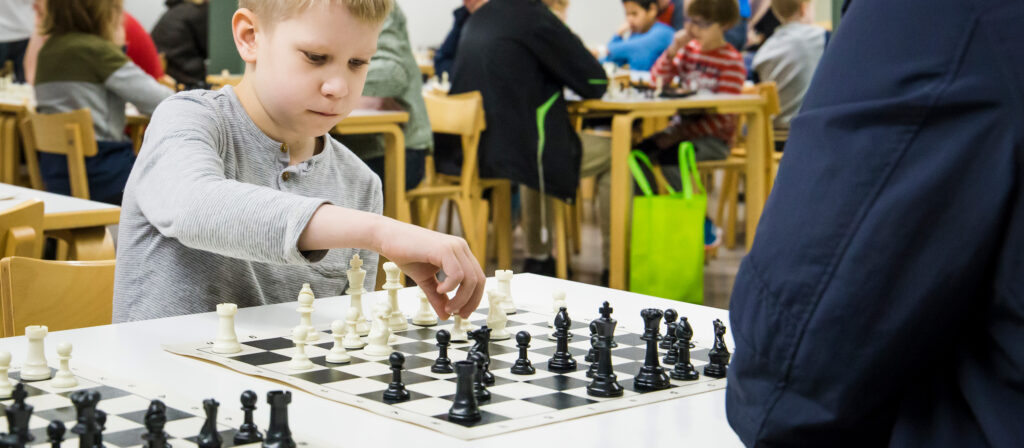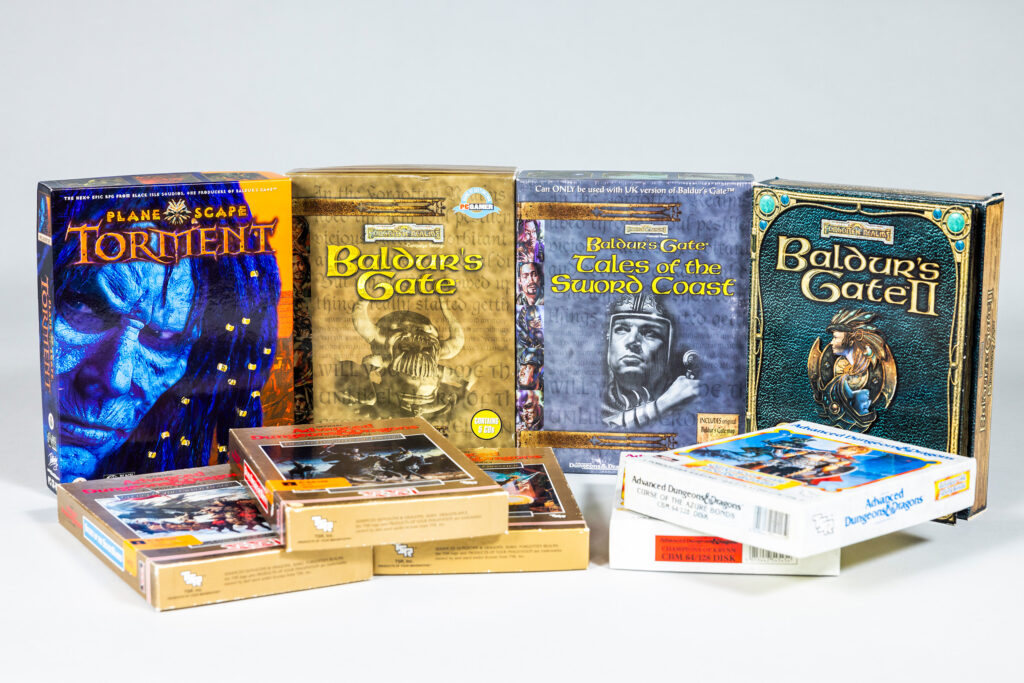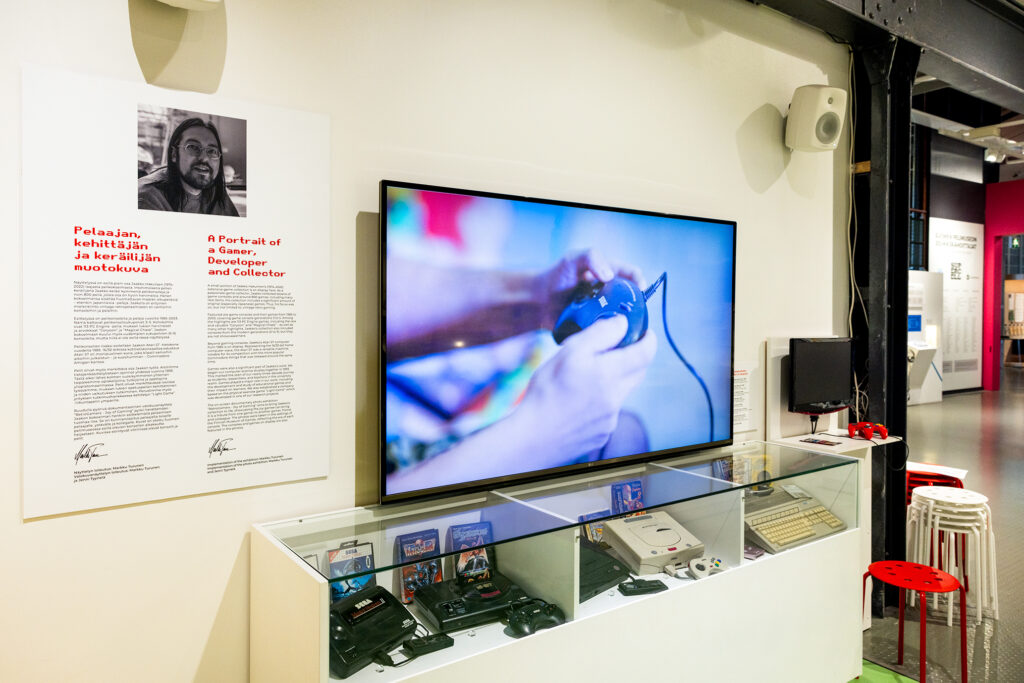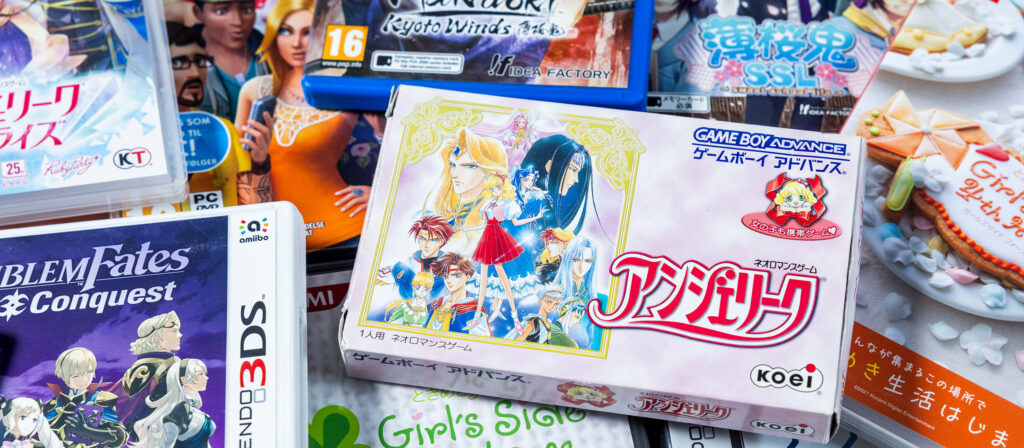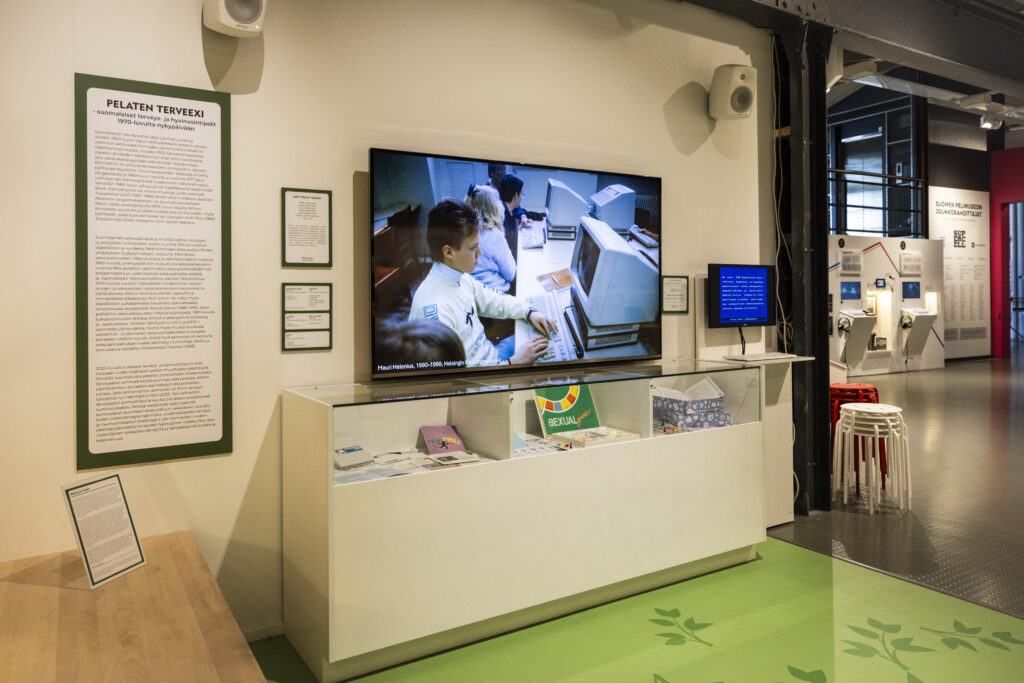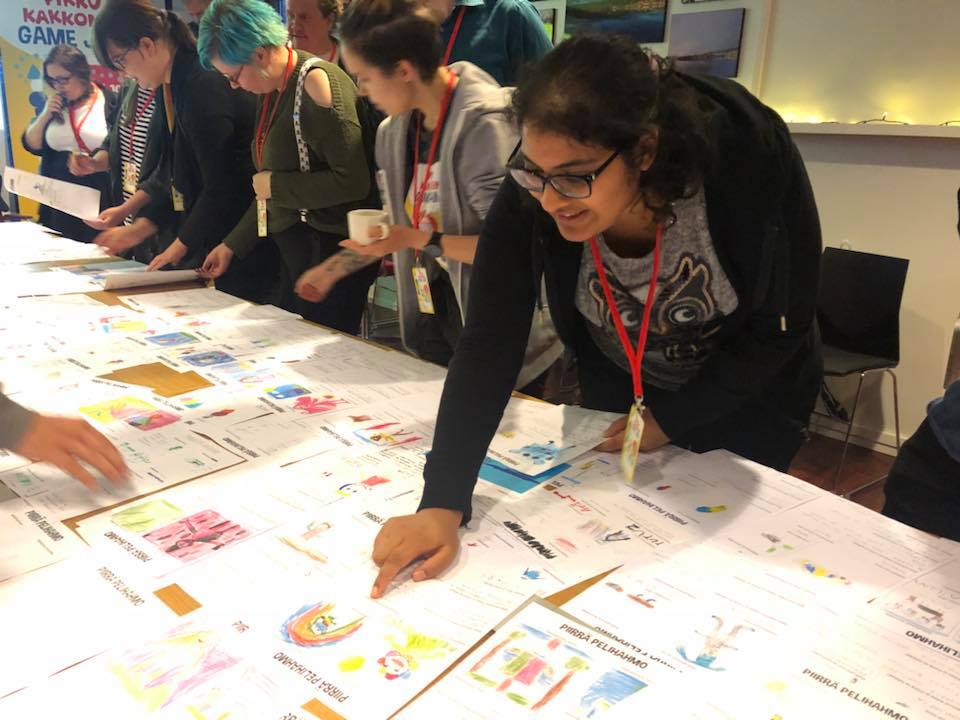7.5. – 5.6.2022
160 by 144px, 5760 bytes
Nine artists, nine Game Boys
What are the limits of memory?
For an entire generation of children growing up in the 90s, the Game Boy was their very own ‘personal computer’. It was not just another piece of hardware, but their first private screen on which adventures could be had, often without the interference of parents. On the schoolyard with friends, or under a blanket with a flashlight, worlds could be discovered on its small and dim 4-colour display. All you needed was a bit of imagination to bring these pixelated realms to life.
Playing is never a one-directional act of consumption. A good game impresses itself on the mind of the player. It is taken in and transformed, and it tickles the imagination of the one playing it. The magic of the Game Boy inspired children to fill in the gaps that games did not want to express, to dream up their own worlds and to express their own ideas. For some, these experiences sparked a career in art.
Memory Limits brings this full circle. For each of our nine artists, the Game Boy becomes the medium for their individual ideas, stories and visions. They have created artworks, one pixel at a time, that are running as software on the original, old hardware. The Game Boy may or may not be part of each artist’s history, but through its plastic lens it becomes our window into their memories.


